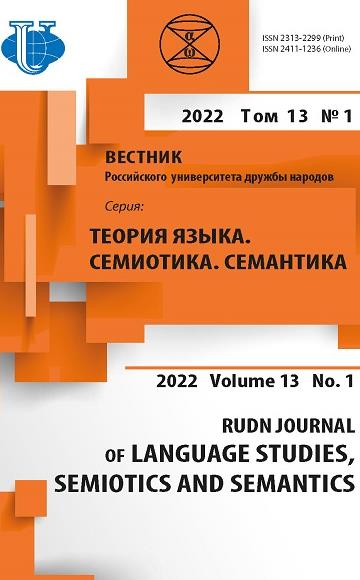Chelyabinsk in 2016: A Year of Transformation
Chelyabinsk, a city located in the Ural Mountains region of Russia, experienced significant changes in the year 201 From infrastructure developments to cultural transformations, the city underwent a series of shifts that shaped its identity. This article dives into the three major aspects of Chelyabinsk’s transformation in 2016: urban development, social dynamics, and artistic expression.
Urban Development: A Changing Landscape
In 2016, Chelyabinsk witnessed a remarkable increase in urban development projects that aimed to reshape the city’s infrastructure. From the construction of new high-rise buildings to the renovation of public spaces, the city underwent a visible transformation. The focal point of this urban development was the city center, where dilapidated buildings were replaced with modern structures, offering a fresh face to the city.
One of the main highlights of Chelyabinsk’s urban transformation was the overhaul of transportation systems. The introduction of a new bus network and the expansion of tram lines aimed to improve public transportation within the city. This initiative not only enhanced the connectivity but also alleviated traffic congestion, easing the daily commute for residents. Such improvements were met with mixed reactions, as some felt that the changes disrupted the familiar rhythm of the city, while others embraced the progress as a necessary step towards modernization.
Social Dynamics: A Community in Flux
2016 brought about notable shifts in the social fabric of Chelyabinsk, as the city grappled with changing demographics and evolving societal norms. One of the significant changes was the influx of migrants into the city, drawn by the promise of economic opportunities. This demographic shift brought a sense of diversity to Chelyabinsk, with different cultural communities coexisting and creating a vibrant multicultural environment. However, it also led to tensions and debates regarding issues of integration and cultural identity.
Alongside the changing demographics, Chelyabinsk experienced a surge in grassroots activism, with citizens taking to the streets to voice their concerns and demands. Protests on various social and environmental issues became a common sight, as people rallied for change and greater accountability from the authorities. These demonstrations reflected the growing demand for a more participatory and inclusive governance system in Chelyabinsk.
Artistic Expression: Unleashing Creativity
The year 2016 witnessed a flourishing of artistic expression in Chelyabinsk, as the city embraced its cultural heritage and fostered a nurturing environment for creativity. Local artists, musicians, and performers found new spaces to showcase their talents, and the city’s cultural scene became vibrant with exhibitions, concerts, and theatrical performances.
Chelyabinsk’s art community also experienced a renaissance in its commitment to public art. Street art and murals began to adorn the walls of the city, transforming once dull spaces into vibrant showcases of creativity. These artistic interventions not only added a touch of beauty to the urban landscape but also served as a means of community engagement, sparking conversations and stimulating the imagination of its residents.
In conclusion, 2016 was a year of profound transformation for Chelyabinsk. Urban development projects reshaped the cityscape, social dynamics shifted with changing demographics, and artistic expression flourished. As Chelyabinsk embraced change, the city’s identity evolved, reflecting the complexity and diversity of its residents. The year 2016 will forever be remembered as a turning point in Chelyabinsk’s history, marking the beginning of a new era of progress and creativity.
